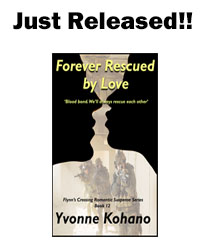Ninety Minutes to Save the World
Yesterday, we saw “Billy Elliot” as part of our subscription Broadway Series season. I’d seen the movie, read the history of that time, and even lived it from a distance. But what struck me the most were the words.
As the story unfolded on stage and young Billy learned to dance his heart out, I was enthralled with the writing. (That is, when I wasn’t wondering without some significant envy why I’d ever given up ballet and tap in my teen years…) The growth and shifts of the characters, the juxtaposition of Billy’s story with the struggles of the miners’ union and the town, and Billy’s eventual triumph as he let his heart rule were all classic storytelling pitches. And yet, it made everyone jump up and cheer at the end, both because the saga grabbed them and the actors and dancers who brought it to vibrant life.
It’s astounding, really. How many of us as writers can do all that, no matter how much time we’re given? You have to: a) make your audience feel emotionally tied to your characters – within minutes, b) present a crisis in the framework that’s believable and resolvable in a short period of time, and c) let the characters’ evolution reign supreme, while tying up all of the loose ends. In song and dance (which involve repetition). In an hour and a half.
I’ve attended the theater since I was a very young girl, often over the years and in many different styles – musicals, operas, plays, live impromptus – and I know without any doubt that yesterday was the first day I understood how hard scriptwriters and screenwriters work to get a story told in such a short amount of time.
After all, I get 90,000 words to save the world.
But they do it in 90 minutes.
WOW!
